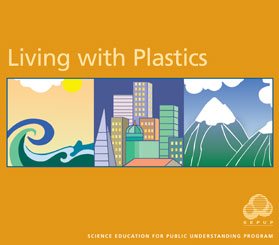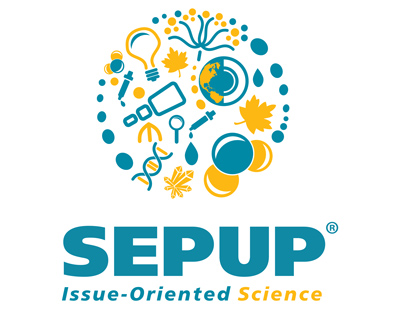Living with Plastics – Module Issues in the News for Students

News
Ireland Taxes Plastic Bags, while Bangladesh Bans Them
In March 2002, Ireland passed a 15 cent (9 pence) tax on plastic bags because discarded bags were creating a litter problem in both the cities and countryside. Before the tax, the government estimated that about 1.2 billion plastic bags were given to shoppers free of charge each year. In the three months after the tax was introduced, stores handed out approximately 23 million plastic bags, or about 277 million fewer than normal. Revenues from the tax, which had generated 3.5 million euros by August 2002, are being used to fund environmental initiatives.
At the same time, Bangladesh banned plastic bags after discovering that discarded bags were blocking drainage systems. It turns out that the bags were a major contributor to the flooding that submerged two-thirds of the country during the 1988 and 1998 floods.
Thanks to Morty Frank, Ronkonkama, NY for the above news item.
New Method of Plastic Recycling
Everyone knows that recycling plastic is good for the environment. But most people don’t want to use recycled plastic products. One reason is because impurities left in the recycled plastic make its properties different from the original. Another reason is cost. Unless recycled plastic is sold cheaply, it can be more expensive that newly-formed plastic. Researchers at North Carolina State University have developed a new method of recycling plastic soft drink bottles that solves both of these problems.
The new method is a two-step process. The plastic is heated and formed into a thin film which can bond to other materials. Carbon dioxide is combined with alcohol to reduce stickiness and mixed with the other materials. Researchers say the machines necessary for this process already exist in many businesses. They think it would be easy and inexpensive to modify them for this new function.
A Cheap Biodegradable Plastic?
Developing a plastic that completely biodegrades would solve many environmental problems. A research group led by Geoffrey Coates, a professor of chemistry and chemical biology at Cornell University, may have developed one using a polyester known as polybeta-hydroxybutyrate, or PHB. It is found in nature, particularly in some bacteria. Many of its properties are similar to polypropylene, so it could be used in many different plastic products. The advantage of using it is that it is completely biodegradable.
When this polymer was synthesized in the past, it was a very expensive process and required a lot of energy. The properties of the synthesized polymer were also very poor. The Cornell University research group has developed a different chemical process. It is less expensive and results in the new polymer having all of the desirable properties of polypropylene. Coates believes this chemical process is “going to be a competitive strategy” in producing a environmentally-friendly plastic.
Recycling Ash to Make Consumer Products
People recycle paper, aluminum cans, and plastic. But recycling ash? It may happen. Much of the energy in the United States comes from burning coal. The byproducts of the coal combustion are mostly ash and may amount to one hundred million tons each year. Researchers with the Energy and Environmental Research Center (EERC) believe these byproducts are a valuable resource and should be reused. At the present time, only 30% is being reused.
Coal ash can be used in products ranging from bowling balls to building materials. Some of the building products currently produced from coal ash include ceiling tiles, floor tiles, and dry wall. Using coal ash products conserves land, energy and natural resources. It also reduces air pollution because there is less carbon dioxide going into the atmosphere during the production of competing products.
” Coal ash is not a waste, but rather a partially refined resource,” said EERC Director Gerald Groenewold. “Through quality research and development efforts, we are finding innovative ways of taking these materials and turning them into a quality, useable products.”
Using Polymers in Medicine
A new type of polymer film developed by Japan’s Kagoshima University in 2003 may lead to a better method of drug delivery for patients. The film consists of 17 alternating layers of two polymers. One layer is a positively-charged synthetic polymer, and the other is negatively-charged DNA. The film is constructed in layers with electrostatic charges holding the layers together. The researchers aim to create a biodegradable drug-delivery system that may be used with biomedical implants such as blood vessels. This material must still be tested for toxicity and effective drug delivery before it is marketed to the medical community.

